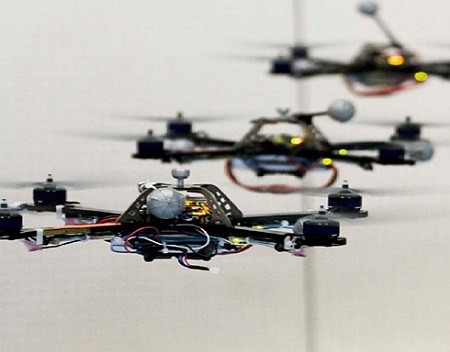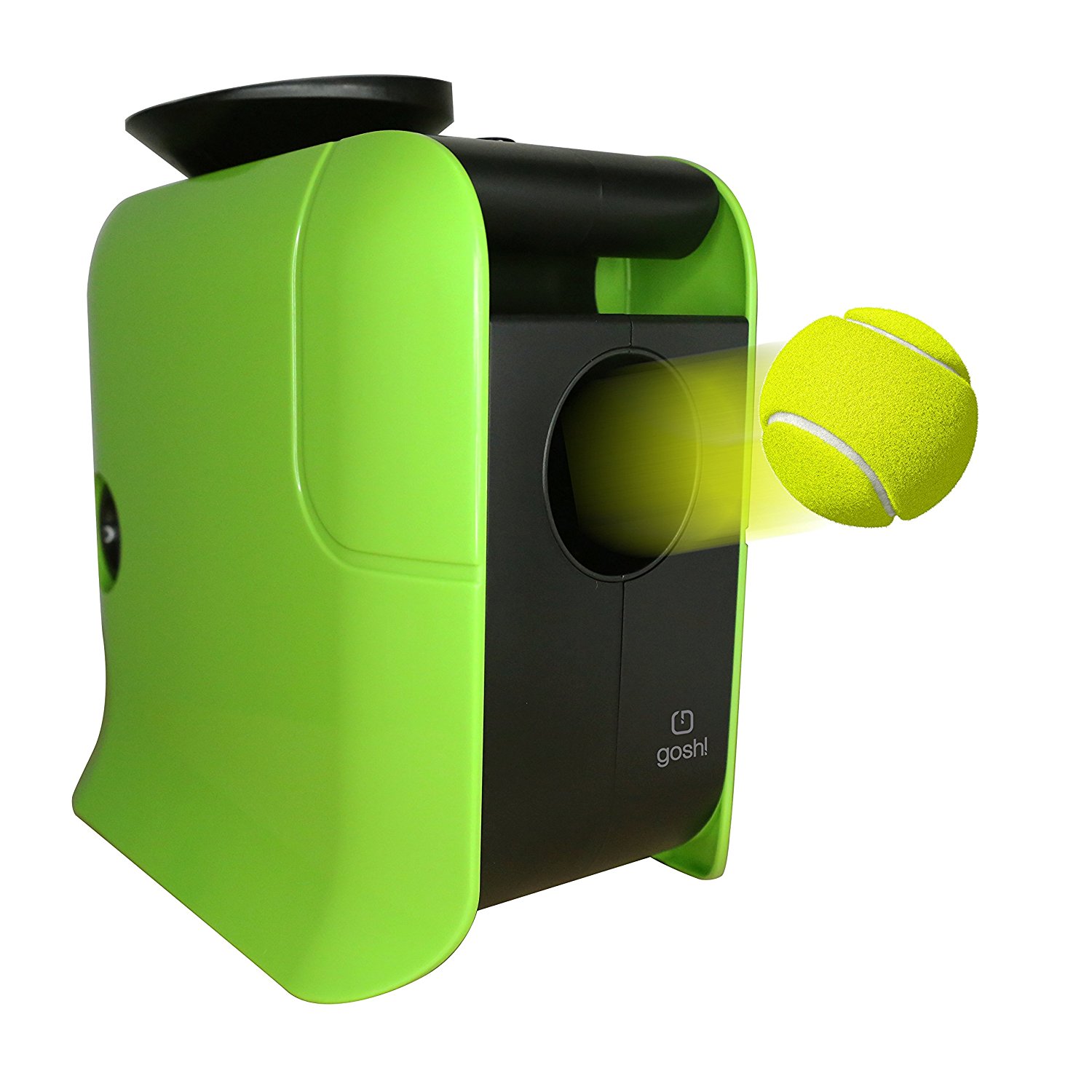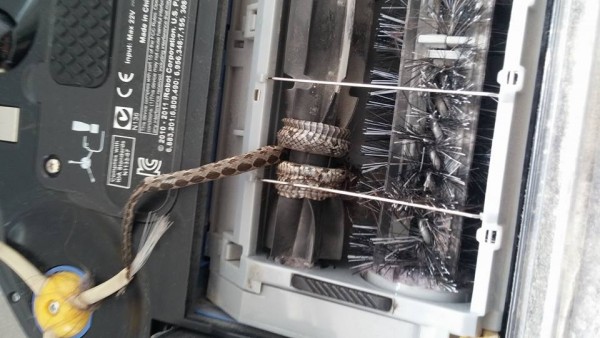Its huge, bombastic wars are so futuristic that they’re unlikely to be seen in reality, but now, the quadrotors from Call of Duty have a real life equivalent.
“Man down!” calls one soldier over the comms unit, as the others in the platoon hit the dirt to shield themselves as a sniper circles over the them. “UAV called in” says another, using the advanced tech to locate enemies. And then the game ends because it’s just Call of Duty and now all of the players are back in the lobby, talking about their mundane, real-world lives. While the game may only exist inside a disc and a TV screen, a team of scientists have brought the quadrotor, one of Call of Duty’s deadliest weapons, to life.
Straight from the University of Pennsylvania’s General Robotics, Automation, Sensing and Perception Lab, are less ‘spinning death machines’ and more ‘tiny, flying robots to terrorise your pets or complete useful tasks with’.
Described as “completely autonomous” by Matthew Turpin, a doctoral student at the university, the miniature, aerial robots hover at eye level, with absolutely no remote control in the background telling them to do so.
Using their own, unique AI, the quadrotors take on challenges and tasks on their own. They have a goal, and an objective to meet, but how they reach it is entirely up to them. Yes, flying robots that work together to achieve results. Welcome to the future.
While it’s not all scary as the robots can’t just come up with their own thought processes as Turpin explained that “[The team] have the Vicon system, or the red lights, which allow us to figure out where the robot is”, they then utilise this tech by inputting a simple series of command, the set objective, which the quadrotors must achieve.
In one example, the quadrotors, of which the University of Pensyllvania have built a group of eight, were told via the computer to go from Point A to Point B. Completely of their own accord, they navigated a series of obstacles – and each other, to avoid collision – in a series of formations, completing the task seamlessly.
They’re even able to carry small objects such as LEGO bricks, or can be used to create 3D maps and in 2011 they were even used to help survey the damage of the Japanese earthquake, aiding rescue teams and helpers avoiding dangerous building as well as radiation hotspots, ultimately saving lives.
Impressive stuff indeed, and what’s more is that there’s a video of the quadrotors in action, which you can watch below.
Source : CNN
Read more on walyou, New Killzone Shadow Fall Trailer Gives Us Story Insight, Best Xbox 360 Games Coming Out in 2013











